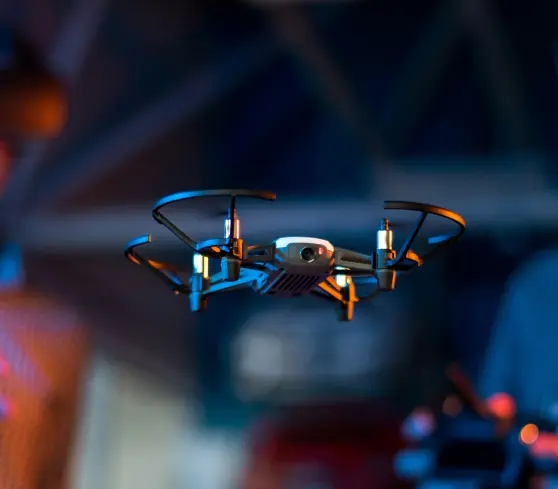It refine their strategies through trial-and-error interaction with their environment, adapting
dynamically to changing conditions.
Coordinated agents are interconnected, self-optimizing algorithms grounded in stochastic control theory, a mathematical framework for making optimal decisions under uncertainty. They refine their strategies through trial-and-error interaction with their environment, adapting dynamically to changing conditions.
Agents develop a blueprint (policy) for making optimal decisions by mapping the probabilistic relationships between actions, states, and expected rewards.
A carefully designed reward mechanism signals when an agent makes the “right” decision, guiding its learning process.

Agents share insights, including mappings of their environments and components of their reward mechanisms, enabling collaboration.
At times, agents compete to encourage exploration of untapped areas, uncovering hidden opportunities and ensuring adaptability.

Each agent specializes in a niche market while contributing to broader team objectives. High-level coordination ensures alignment with company goals, fostering a balance between short-term adaptability and long-term competitiveness.
Reinforcement Learning (RL) is driving cutting-edge advancements in robotics, autonomous systems, and strategic decision-making. By continuously learning through trial and error, RL enables machines to navigate complex environments, optimize performance, and adapt in real time—powering breakthroughs in automation, self-driving technology, and AI-driven problem-solving.
RL enables robots to adapt, learn, and perform complex tasks with precision.
RL enables autonomous vehicles to navigate, adapt, and make real-time driving decisions.
RL enables autonomous vehicles to navigate, adapt, and make real-time driving decisions.
Reinforcement Learning is revolutionizing robotics by enabling machines to learn complex tasks without explicit programming. From robotic arms mastering dexterous manipulation to autonomous drones adapting to changing environments, RL enhances automation with continuous self-improvement.
Learn More: https://openai.com/index/learning-dexterity/

Self-driving technology relies heavily on RL to navigate complex environments, optimize routes, and make real-time driving decisions. By simulating countless driving scenarios, RL helps autonomous systems react to unexpected events and improve over time.
Learn More: https://openai.com/index/learning-dexterity/

Google DeepMind’s AlphaGo was a milestone in AI, using RL to defeat world champions in the game of Go. This demonstrated RL’s ability to handle high-dimensional decision spaces, paving the way for its application in finance, healthcare, and strategic planning.
Learn More: https://openai.com/index/learning-dexterity/
